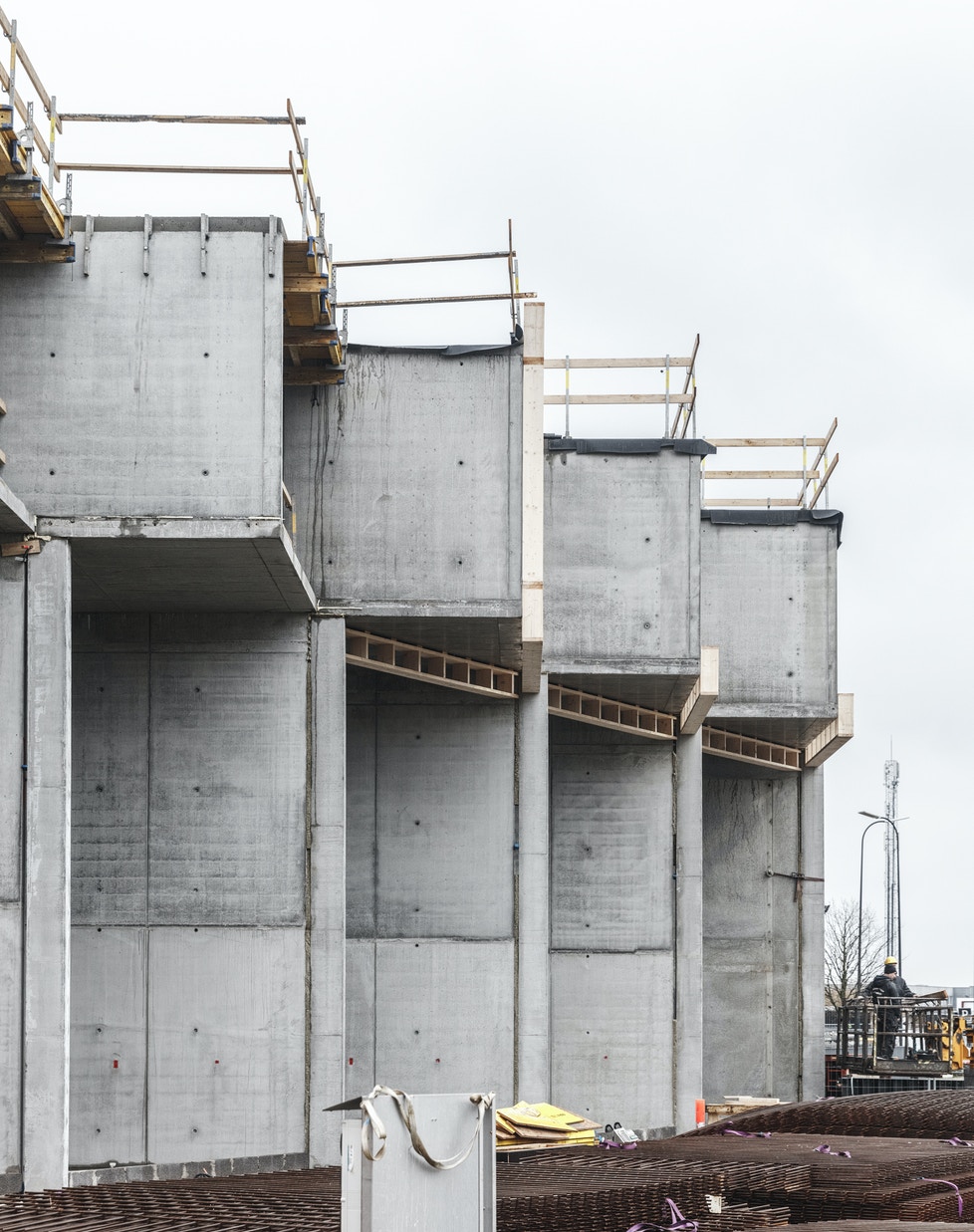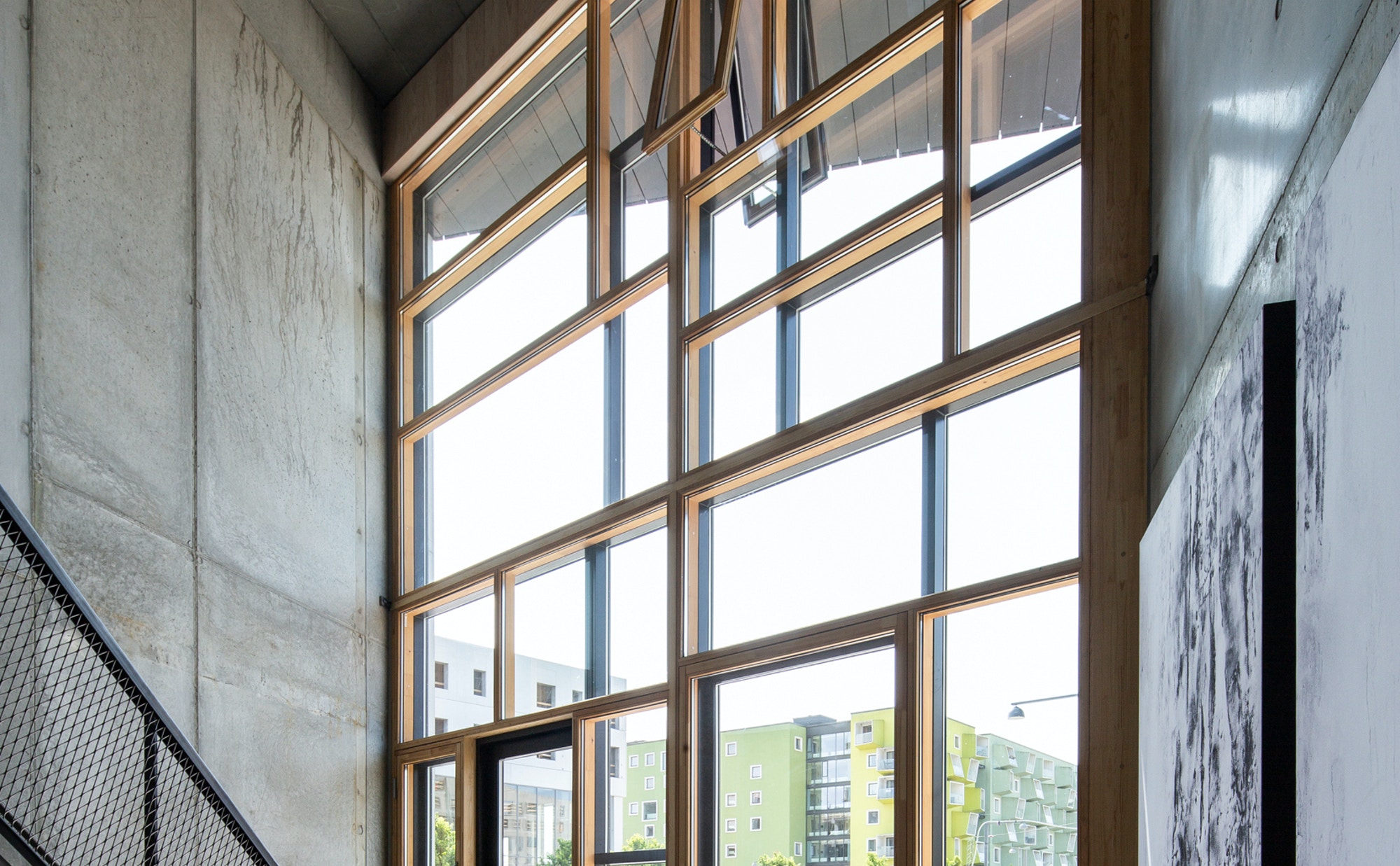12
Ensure sustainable consumption and production patterns
Sustainable consumption and production is about promoting resource and energy efficiency, sustainable infrastructure and providing access to basic services, green and decent jobs and a better quality of life for all. Its implementation helps to achieve overall development plans, reduce future economic, environmental and social costs, strengthen economic competitiveness and reduce poverty.
At the current time, material consumption of natural resources is increasing, particularly within Eastern Asia. Countries are also continuing to address challenges regarding air, water and soil pollution.
Since sustainable consumption and production aims at “doing more and better with less,” net welfare gains from economic activities can increase by reducing resource use, degradation and pollution along the whole life cycle, while increasing quality of life. There also needs to be significant focus on operating on supply chain, involving everyone from producer to final consumer. This includes educating consumers on sustainable consumption and lifestyles, providing them with adequate information through standards and labels and engaging in sustainable public procurement, among others.
THIS GOAL AND ARCHITECTURE
The building industry is a major contributor to waste.
When buildings are demolished, most of the value of the existing materials and components is lost. The same applies to renovations, which transform vast amounts of materials to waste. Even the process of constructing new buildings is producing waste; from cut-off bits of gypsum board over discarded formwork and the wrapping that components are delivered in, to materials damaged by weather or mistreatment.
Designing for long lifetime, steady maintenance and careful adaptation of existing buildings are keys to sustainable consumption in the built environment. Design considerations for durability and life cycles can reduce the value loss and waste production in the building industry, in individual components, buildings and structures. Ideally, the design of buildings allows them to have different uses over time, so that the materials and other resources invested in the structure retain their value also when a given use changes or becomes obsolete. Additionally, individual components and materials should be designed and employed so that they can be recycled and upcycled.
The design and construction of new buildings must give priority to reducing the amount of material resources employed and waste produced. Finally, we need new components and solutions that reduce the use of non-renewable natural resources and emphasise local materials.




